 Basic ㅇ
Basic ㅇ Work in Korean: 일’s meaning and pronunciation
Work in Korean is 일. For examples, you can use like [일이 많다, 일이 쌓이다]. In this post you will learn how to pronounce and use Work in Korean along with examples.
 Basic ㅇ
Basic ㅇ 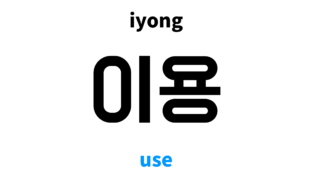 Basic ㅇ
Basic ㅇ  Basic ㅇ
Basic ㅇ 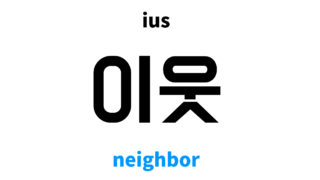 Basic ㅇ
Basic ㅇ  Basic ㅇ
Basic ㅇ 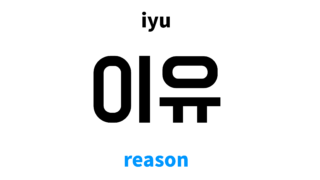 Basic ㅇ
Basic ㅇ  Basic ㅇ
Basic ㅇ 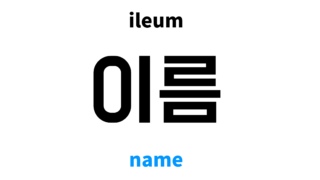 Basic ㅇ
Basic ㅇ  Basic ㅇ
Basic ㅇ 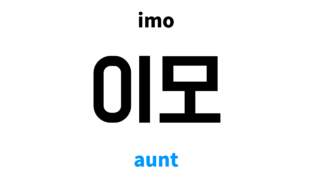 Basic ㅇ
Basic ㅇ